Armén Rotch
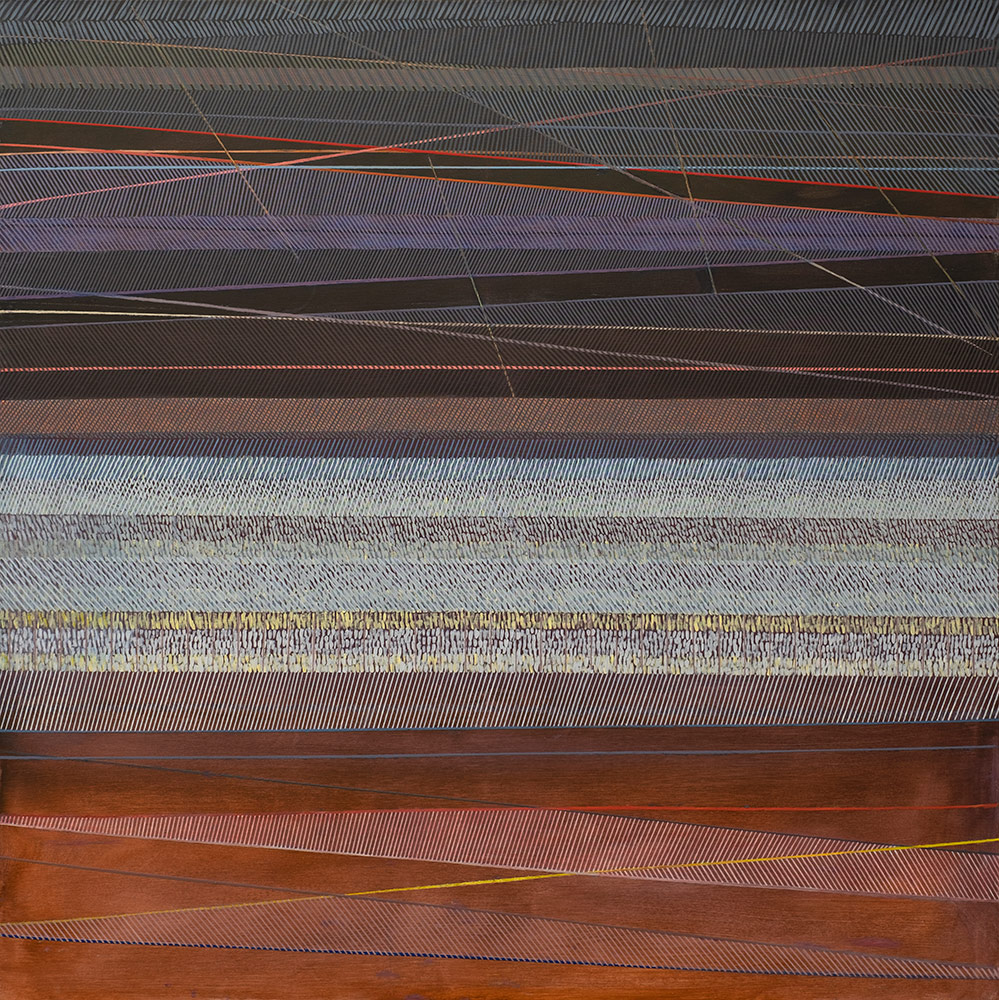
Untitled (İsimsiz), 2021

Untitled (İsimsiz), 2020
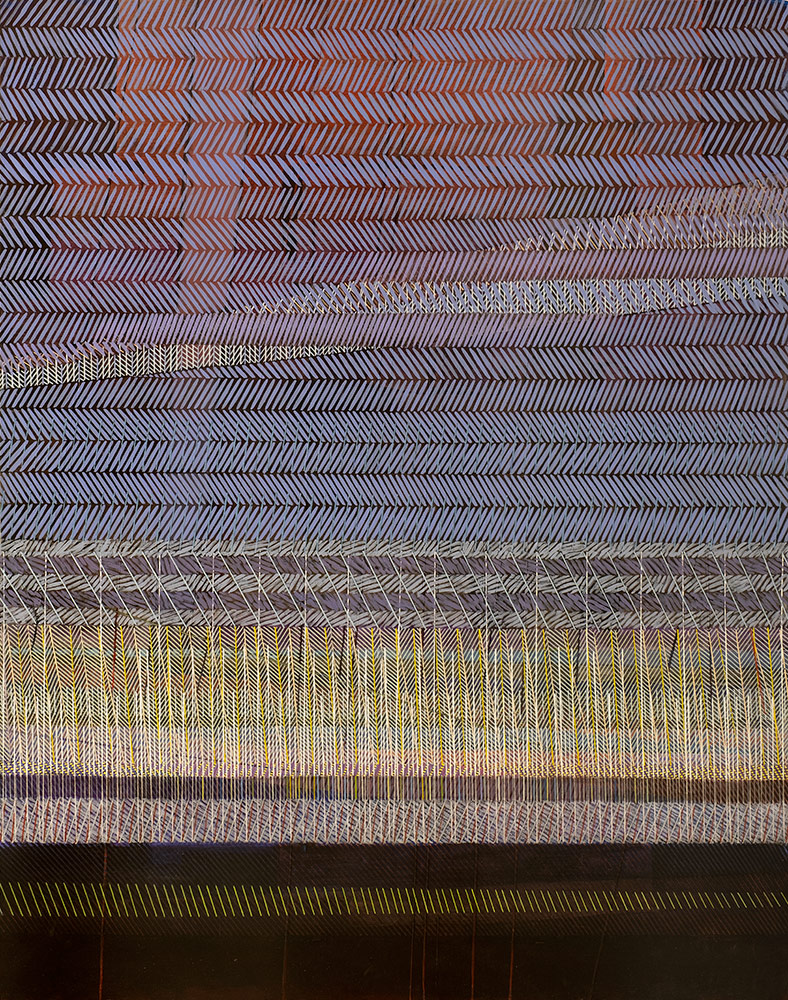
Untitled (İsimsiz), 2021
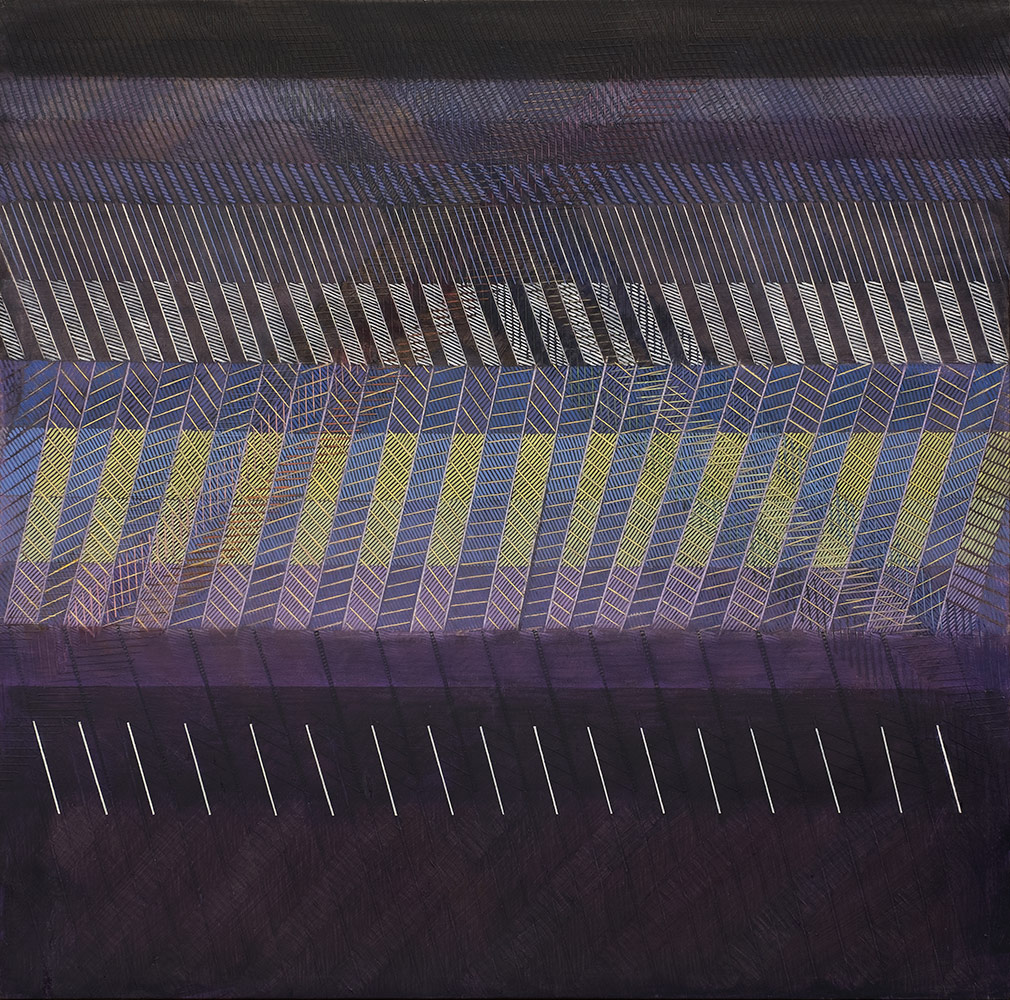
Untitled (İsimsiz), 2021
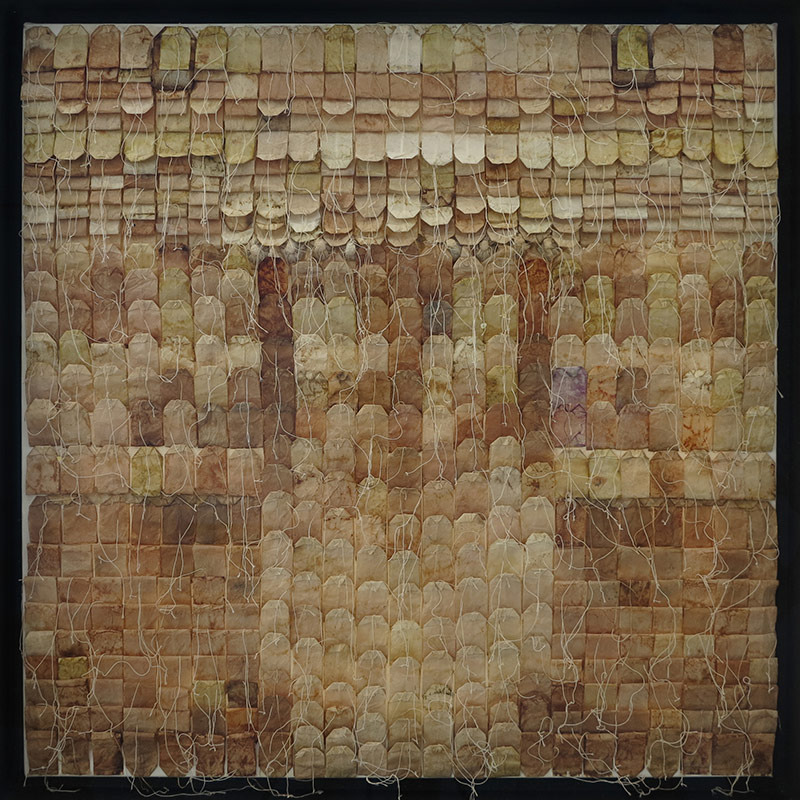
Untitled (İsimsiz), 2017
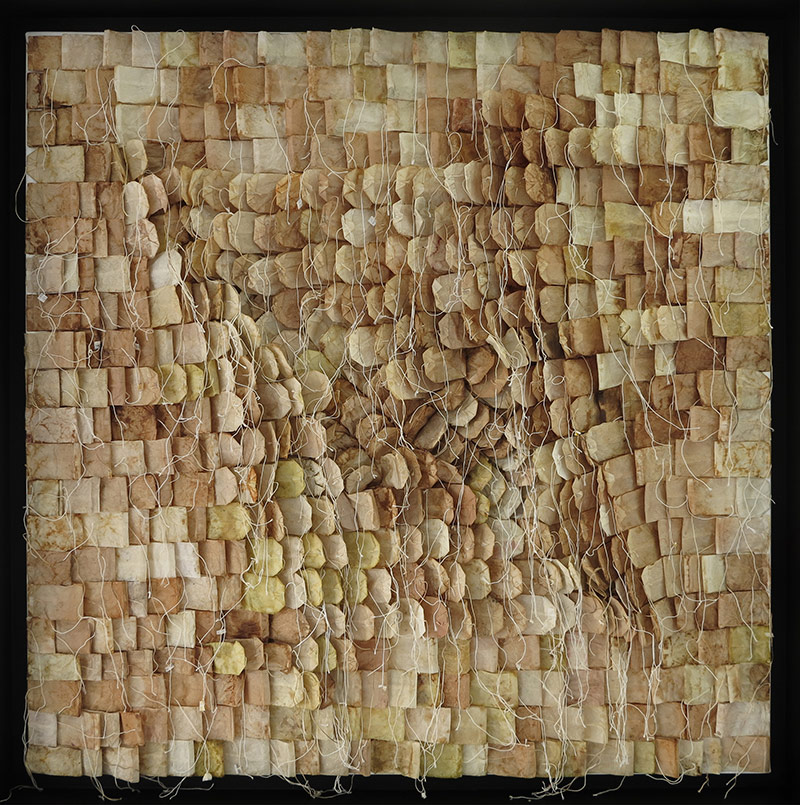
Untitled (İsimsiz), 2017
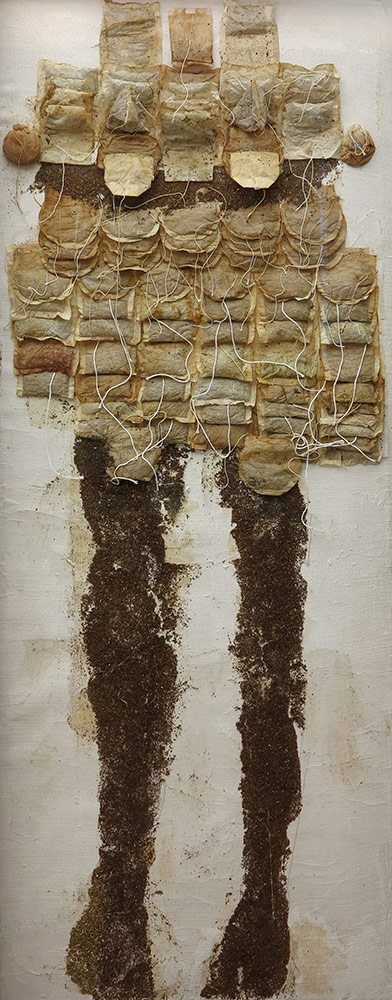
Femme (Kadın), 2018
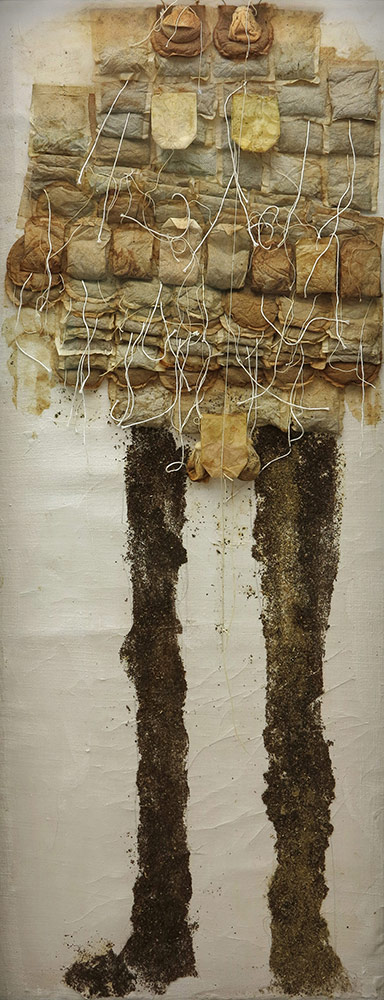
Homme (Erkek), 2018
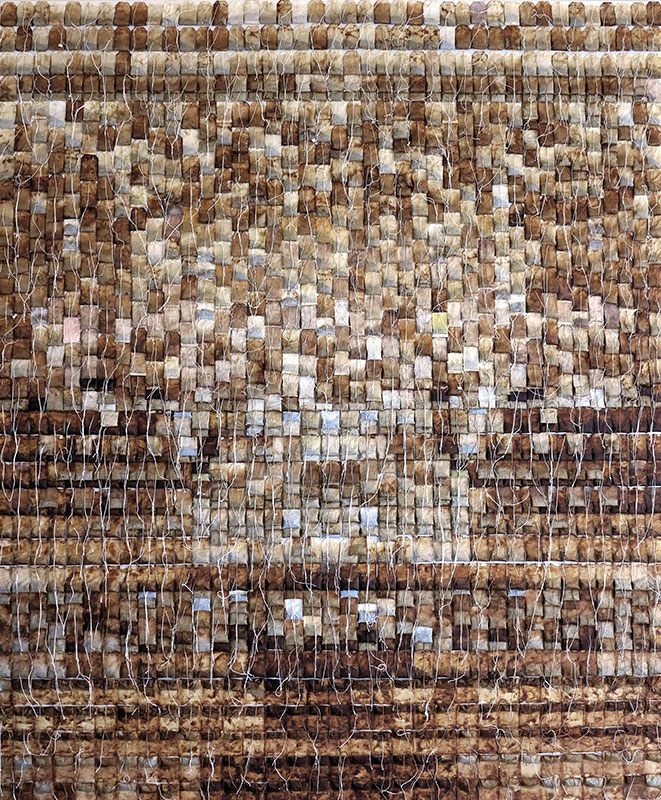
Untitled (İsimsiz), 2006
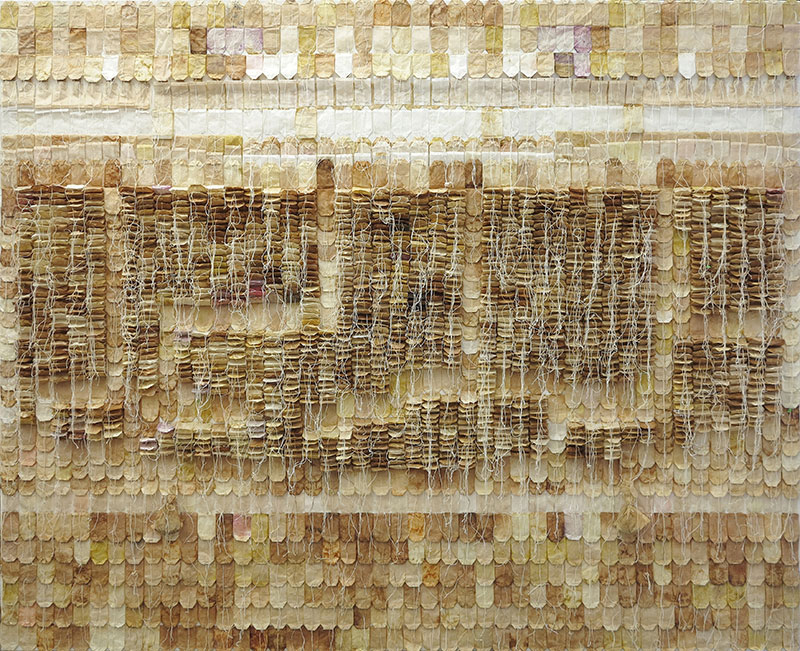
Untitled (İsimsiz), 2017

Untitled (İsimsiz), 2017
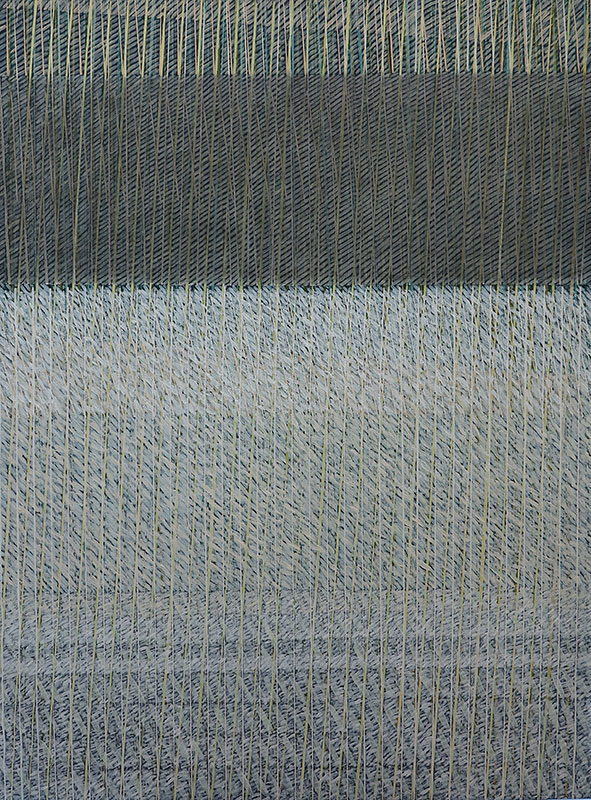
Untitled (İsimsiz), 2017
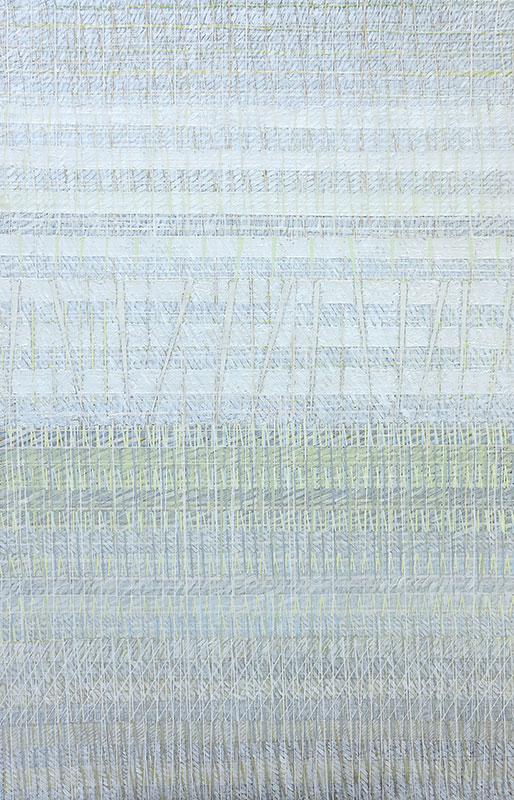
Untitled (İsimsiz), 2017
.jpg)
Untitled (İsimsiz), 2017
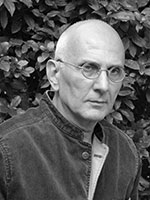
Biography:
Born in 1955, Yerevan, Armenia
Personal Exhibitions:
2017 Sobering Galerie, Paris, France
2013 Tea Time – Peace Time, Lycée Jacques Decour, Paris, France
2011 Galerie Lakanal, Foix, France
2008 In Vivo, Armenian Center for Contemporary Experimental Art, Yerevan,
Armenia
2008 Gallery Eponyme, Bordeaux, France
2006 Espaces Tempérés de l’intime, Espace Art et liberté, Charenton, France
2000 Paintings, Espace Culturel Leclerc, Vitry-sur-Seine, France
1999 Paintings, Bergamot Station Art Center, Santa Monica, USA
1998 Drawings, Cité des Artistes, Francheville, France
1996 Matter in Motion, Galerie Basmadjian, Paris, France
1993 Paintings, Galerie Les Cent, Paris, France
1978-1988 Expositions Informelles, Yerevan, Armenia
Group Exhibitions:
2018 Bunker Opens Doors, Long Hall Art Gallery, Los Angeles, USA
2017 Contemporary Istanbul Art Fair, with Galeri 77, Turkey
2017 Art Paris Art Fair, with Galerie Sobering, Paris, France
2017 3ème étage Exposition documentaire (The 3rd Floor Documentary Exhibition), Cafesjian Center for the Arts, Yerevan, Armenia
2016 Luxembourg Art Week, with Galerie Monos, Luxembourg
2015 Rentrée anticipée (Early Return), Galerie Monos, Liege, Belgium
2015 Art and Food, Espace Muséal du Château, Tourrettes sur Loup, France
2015 Armenian Abstraction, Subtile Conjuctions, Kulturhaus Karlshorst, Berlin, Germany
2012 Carte blanche à la villa Raffet, Parcours VIP de la FIAC à la Fondation, Sam Art Projects, Paris, France
2011 Parcours Saint Germain FIAC-Off, Les Deux Magots, Paris, France
2011 Reliefs, Caisse d'Epargne Foundation, Toulouse, France
2008 I colori dell'Armenia (The Colors of Armenia), Castel Sant Angelo, Roma, Italy
2008 Gyumri Biennial, Gyumri, Armenia
2007 National Picture Gallery, Yerevan, Armenia
2007 Museum of Modern Art, Yerevan, Armenia
2007 Grand Blue, Gallery Artcore, Paris, France
2006 Artists of the Contemporary Art Museum of Armenia, Musée de l'Orangerie du Luxembourg, Paris, France
2005 Ego – Independency, Museum of Modern Art of Medellin (MAMM), Medellin, Colombia
2004 Ego, Contemporary Art Festival, Complexe de la Prairie, Ezanville, France
2003 Extramural, Espace Culturel Le 148, Alfortville, France
2001 Bunker in Paris, Gallery Yvart, Paris, France
2001 Bunker in Moscow, Central Exhibition Hall, Moscow, Russia
2001 Bunker, Don O’Melveny Gallery, Los Angeles, USA
2000 Bunker in Yerevan, National Museum of Contemporary Art, Yerevan, Armenia
1997 Contemporary Prints, Espace culturel d'Ezanville, France
1996 Eastern Paintings, Centre culturel de Courbevoie, France
1996 Paintings, Jerry Solomon Gallery Foundation of Creative Arts, California, USA
1996 Nonconformist Art from The Soviet Union, Zimmerli Art Museum, New Brunswick, USA
1995 Armenian Art Weeks, Bochum Museum, Bochum, Germany
1995 Contemporary Art in Armenia, Central Exhibition Hall, Moscow, Russia
1994 Abstractionism in Armenia, Gallery Akanat, Yerevan, Armenia
1991 Sovangard Art Gallery, Moscow, Russia / Vienna, Austria / New York, USA
1990 The 3rd Floor in Copenhagen, Copenhagen, Denmark
1989 The Avantgarde of Armenia to Paris, Chapelle de la Salpêtrière, Paris, France
1988 Festival of USSR Avant-gardists, Narva, Estonia
1987 The 3rd Floor, House of the Painters' Union, Yerevan, Armenia
1983 Happening, The Center for Arts & Education Gallery, Yerevan, Armenia
1978-83 Clandestine Exhibitions, Black Square Group, Yerevan, Armenia
Public Collections:
National Museum of Modern Art of Armenia
Ministry of Foreign Affairs of Armenia
Ministry of Culture of Armenia
Museum of Modern Art of Medellin, Colombia
National Museum of Arts of Kazakhstan
Zimmerli Art Museum, USA
Bibliography:
2017 “Modern Art Museum of Armenia (t.2)”, Yerevan, Armenia
2007 “Espaces Tempérés de L'intime”, Monographic Catalogue, Paris, France
2006 “Modern Art Museum of Armenia”, Yerevan, Armenia
2004 “Ego”, Contemporary Art Festival, Ezanville, France
2003 “Extramural”, Espace Culturel Le 148, Alfortville, France
1995 “Contemporary Art in Armenia 80-95...”, Ministry of Culture of Armenia
1990 “Express-Avantgarde” Moscow, Russia / Vienna, Austria / New York, USA
1989 “The 3rd Floor - The Avantgarde of Armenia to Paris”, Paris, France
Armén Rotch (b. 1955) is an armenian artist who lives and works in Paris. He first began to exhibit his work in Armenia in 1978 under the name of Armén Hadjian, with the “Carré noir” (Black Square) Group, and continued to exhibit into the 1980s with the avant-gardists of the “3ème étage” (The 3rd Floor), of which he was one of the founders, taking part in the “First Gathering of USSR Avant-gardists” in 1987. At this point, he began to show his work beyond Armenia: in Narva, Estonia in 1988; in Paris in 1989; in Copenhagen in 1990; and in Moscow, Vienna, and New York in 1991. He lives and works in Paris since 1993.
In the early 1990s, he exhibited during the Armenian Art week at the Bochum Museum in Germany and at Zimmerli Art Museum in New Jersey. He participated in the Armenian MAC Collection exhibition in Paris and is then presented at Caisse d’Epargne pour l’Art Contemporain Foundation in Toulouse. In 2011, his work was shown at Parcours Saint Germain FIAC-off and at SAM Art Projects Foundation. A retrospective exhibition was devoted to him at the Espace Art et Liberté (Art and Freedom Space) near Paris and at ACCEA (Armenian Center For Contemporary Experimental Art) in Armenia. He also took part in the Gyumri Biennial (Armenia) and in the Douai Biennial (France) in 2015.
The work for which Armén Rotch is best known is a fascinating series of paintings/collage/assemblage and installations constructed of used tea bags organized into simple, almost Minimal patterns. “While others may use the bags to help tired eyes or compost the contents in their garden, Rotch re-appropriates the tea bags creatively, giving them a stunning new purpose.” Rotch employs that have been left to steep for different amounts of time – a process that allows the artist to build layers of tonal variation within the installation pieces. Armén Rotch, however, succeeds in employing tea-bags as both the central motif and the primary medium from which his art is constructed. One suspects a link between Rotch’s Armenian homeland and the historical significance of tea as a once valuable commodity, traded across the continents and carried from China to Europe along trade routes including those which traversed Armenia. One may also infer an intention not unlike that of the Italian Arte povera movement in which art was created from the most humble of materials, the detritus of a culture in ruin, a culture lacking an excess of wealth.
Taken purely on face value, one must admit that tea bags, the artistic medium chosen by Armén Rotch, are visually intriguing and evocative. They suggest a lack of the arrogance so common in contemporary art. Rather, one senses a degree of modesty, even humility. There is also a definite tactile element and this is wed to the sense of smell which conjures or summons forth an array of memories.
Reviews:
Rotch first began painting in Soviet Armenia, 1977, under the name Armen Hadjian. In this period of time, abstract art in USSR was banned and deemed “formalist”. It was only by browsing American and European magazines, which were somehow arriving to Soviet Russia despite the general ban, that Rotch was able to discover abstract painting. For him, this was a revelation. From that moment on, Armen Rotch has decided that he was going to create abstract paintings, even if he had to do them in complete secrecy or without showing to anyone.
His very first works, which consisted of profound colors crossing the canvas with with free embellishments, deployed on a surface covered with plaster and paint; were marked by the influence of several movements such as American abstract expressionists, French neo-realist and Russian avant-garde movement at the beginning of the century. During this period of time, he was able to organize rare exhibitions in underground places and caves, joining forces with other young artists who themselves had the dream of expressing themselves freely.
Thanks to Gorbachev allowing more freedom of expression after 1985, he created the avant-garde group “3ème étage” along with some artists and friends, and were able to participate in the Avant-garde Festival of USSR in Narva, Estonia. This was followed by several group exhibitions in Paris, Copenhagen, Moscow, Wien and New York.
Rotch moved to Paris by the year 1992. He continued working with large embellishments flat tint colors on mixed plaster. Although the freedom was there at last, he now had a question in his mind: who was going to be interested in painter coming from distant lands and did not know a single person in contemporary art scene? He fought against monolithic ideas of Soviet totalitarism before, he now had to fight against indifference. Day after day, he had to get to work and continue painting while also applying to cultural institutions in order to avoid invisibility.
Here came the necessity of reexamining every single thing from all sides, to start anew by taking the name Armen Rotch (which was his mother’s name) for himself, purifying both himself and his painting from any element other than the paintings themselves. He needed liberating gestures. The life was an eternal repetition and the gesture itself had to be a part of this repetition. His “Rouges” series were sympthomatic of this period, when the gesture repeated which is always the same but never the same, became profound.
In time, thanks to the repetitive approach he has towards his work, his look has also evolved. The repetition wasn’t just a gesture of painting anymore, it was also a manner with which he saw life and observed simple, daily things differently. Why wouldn’t he use these repetitive elements of everyday life in his artistic work? Thus, Rotch one day realized that one of the first things he had been doing every morning was to get a tea bag, put it in boiling water and drink the resulting beverage which possessed a millennium-old tradition. It was the first time he realized that the tea bag which he took out of the water had a character, an presence. This tea bag resembled himself, invisible to the eyes if we dare not go through the trouble of looking. Thus, Rotch decided to try to give visibility to these tea bags.
At first, he was only keeping the tea bags he himself had used, but afterwards he needed more and more of them to create bigger canvases. He then started to collect the bags used by his close ones, his friends, his students and other people. Every bag meant a present of breath, gifted by all these people to him.
During the process of drinking tea, the beverage enters the body of the person drinking it, and in return the breath of the person passes through to the tea bag. These tea bags are just like people: they are always the same and never the same; for every person prefers a different steeping time and thus, has a different colored bag. In this way, they find themselves on the canvas as “breath-bag-beings”, where they all form an artwork together.
The repetitive gestures of the painting has pushed Rotch to look differently at those used tea bags that he once saw as insignificant. Through these daily waste of tea bags, Rotch was able to expand his vision of world further and learned to remark the importance of things that seem trivial to the eye. Through these objects which he was able to recycle and reuse in his canvas, Rotch invites the audience to reflect on the importance of learning how to recycle and reuse these seemingly useless items. While working with bags, Rotch has learned how to look through the tea bag, under the aesthetic and philosophical prism of the “tea bag” concept with its modernity and tradition. This brand new point of view has influenced his painting at the same time. Indeed, the line connected to the bag, which brings together the tea and the water, was opening an altogether different vision of line itself. The line – a suspended thread and trace of passage, a trait of union, Rotch would be using these ideas in his paintings; as one can see in his works after 2010, especially in the series “Temps (Time)”.
Another contribition of the concept of tea bag in his works was the creation of his architechtural series, called “Constructions”. For the first time in 2013, his works has came out of the two dimensional frame, transforming to sculptures and in situ installations. In his work “Continuum” which took place in Paris in 2017, constructions and deconstructions meet up in a grand installation – a ruin of modern times. All the constructions and and ruins are a part of life, attaching and detaching, just like traits of paint and erasures. Rotch integrated all these ideas to his most recent paintings in the series “Sans Titre (Untitled)”, 2017.
The artist always works simultaneously with painting, drawing, collage of tea bags, canvas and sculpture. By changing the materials he purifies and shifts each time his point of view all the while trying to carry the point of view of the audience with him. For Armen Rotch, the important thing is to keep the depth and the freshness of viewing, for only by viewing, by choosing to look differently that we can become aware of the reality of the world.
Gilda R Guégamian, Paris, 2018
***
"Tempered spaces of intimacy"
When I encountered the work of Armén Rotch for the first time in 1989, I felt that I was already familiar with the taste of his arid universe, composed of fractures and faults, rocks and decomposed sediment, immanent glows and deep colors. It was a taste of stone and rock, an odor of burned earth, which incrusts itself in thoughts that could radically change meaning. In this telluric space of silence heard, introspective traces of a singular proximity were able to visually lead me to the very limits of its memory. This memory was fleeting, a palimpsest of stealthy reminiscences, a deep landscape of an elsewhere so close that it steals away from itself…
Armén Rotch is above all a solitary being. He has constructed himself on the sidelines of the dominant ideologies of his period, in the unchanging silence of his successive studios.
The works presented here on the occasion of the exhibition devoted to him at the Espace Art et Liberté de Charenton have their roots in a series begun in the 1990s. In them, Rotch explores the pictorial processes specific to the representation of the temporal dimension on the image. Primal gestures indefinitely repeated. Vibrations emerging from solid areas of color and brushstrokes that merge into and spurn one another. Series of temporal sequences within which fixed planes of time punctuate space in motion. The gestural energy here is divided into a multitude of retroactive instants that dissect space by clearly defined time. Lines and runs, traces and scratches, then become so many possible dimensions in which reminiscences and contradictions, certainties and hesitations, are found. The pictorial field that is transformed into a series of sporadic convulsions, a network of hesitations with irregular rhythms, induces the space thus tempered to rediscover its own chronography.
But gradually, even the gesture fades into nothingness… There is no longer a place of being. Transmuted into traces, it becomes a presence, that "something living" that transcends temporal realities. The teabag then intervenes, insignificant and meaning-laden, the resurgence of rusty traces of a damp and dilapidated intimacy. The highlighting of the colorimetric qualities of the used teabag permit it to transgress its own habitual limits. It is no longer just a question of the tea that we drink, that we taste and that we smell, but of intimately organized spaces that balance each other, of colors formed by and for the other senses. Through the contact of each particular breath with the liquid element in which the teabag bathes, this thousand-year-old beverage is transformed into a type of amniotic magma where the bag is reborn, unique and singular… It will henceforth be cared for and dried to access a state of redemption. The bag acquires humanity whose presence prefigures the sensitive and infinite nature of beings and things. Always the same and always different, a trace of experience and a loan of oneself. Together and separately in a monochromatic polyphony, miniscule and infinite come together consecrating the surface of the canvas as a place where what may be sensed and what may be understood by the intellect merge. Using the same laconic and precise movements, inescapably repeated, placed one beside the other, with and despite the others, like our most intimate daily acts, Rotch experiences time, moving forward to the rhythm of its inner temporality, apart from any circumstantial chronology. Reflecting a sensation rather than a consciousness of time, a depth rather than an experience of duration, the question here is not one of mastering the "temporal protocols" but of being impregnated with hosts of instants in mutation, faded traces of a past without memory. The apprehension of absolute time, the perception of the fragility and finitude of the ego faced with the incommensurable space of infinite time, is only possible to the extent that experience and knowledge are in harmony with our intuitive and sensorial faculties. Taking the time to probe the depths that may be sensed of the image as a fragile and tempered space of intimacy, allowing it to cross our senses, allowing us to cross it. Seeking its own imponderables, vacillating in the time and space of each sequence, composing with more or less fleeting traces, moving forward, building in order to be rebuilt.
Gilda R. Guégamian, September 2006


